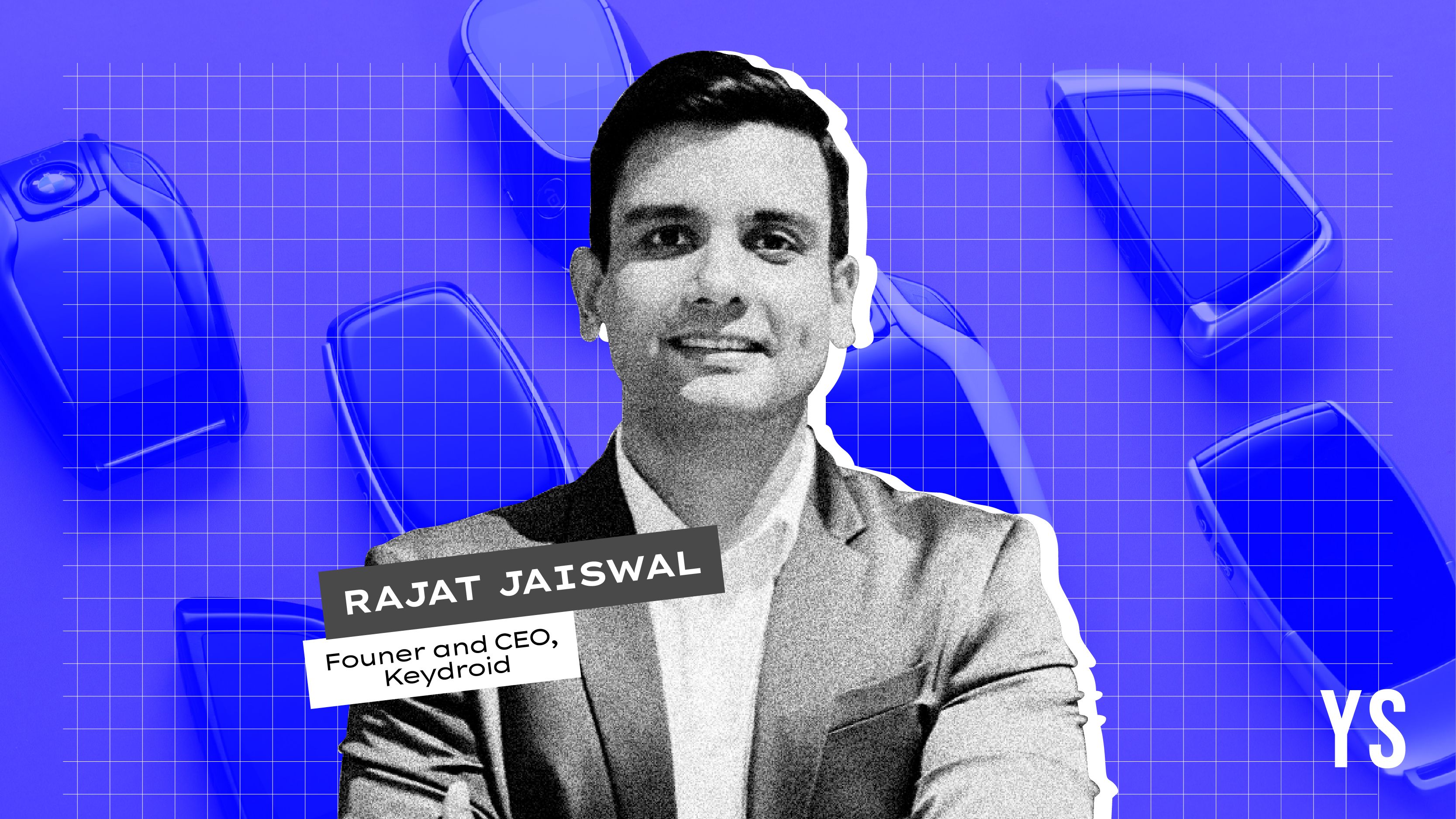Apps for all: Juspay and Digi Yatra execs on building tech for population scale
At YourStory’s first-ever developers conference, DevSparks 2024, Vimal Kumar of Juspay and Ram Kunchur of Digi Yatra Foundation, spilled the secrets of building technology for population scale.
India doesn’t have to look west to seek inspiration for building technology for scale anymore. In the last couple of years, the country has produced milestone apps and technology for the population at large—ranging from Aadhaar, UPI, to Digi Yatra and (a product of ).
At YourStory’s first-ever developers conference, DevSparks 2024, we got Vimal Kumar, Founder of payment infrastructure company Juspay, and Ram Kunchur, Head of Product Innovation at Digi Yatra Foundation, to talk about building technology for population scale.
The conversation revolved around the importance of digital public infrastructure, privacy, and security in the fintech sector. The speakers, during the ‘Apps for all: Building tech for population scale’ panel discussion, emphasised the need for a robust digital ecosystem, highlighting the challenges of applying artificial intelligence (AI) and machine learning (ML) principals in the real world.
Edited excerpts from the conversation:
YourStory [YS]: What are the building blocks of public infrastructure?
Vimal Kumar [VK]: When talking about app development, you have to go beyond just the stack. Building blocks of public infrastructure is essentially the scientific fundamentals and mindset, along with the participation of the government.
Ram Kunchur [RK]: Public infrastructure is as simple as sharing your data with multiple stakeholders, and at the same time, making it scalable. The building blocks mostly consist of technology, databases, a form of web service, blockchain or any other form of communication.
YS: Could you shed some light on a recent controversy where many users couldn't use the older version of the Digi Yatra app?
RK: None of your database is stored centrally. It (the data) is all in your mobile device. If someone has to hack your Digi Yatra app, they have to hack all four million mobile users. It (Digi Yatra user’s data) is secured, it uses blockchain technology, and data sharing with the airport happens with the users’ consent. The moment you delete the Digi Yatra app from your phone, it (all the data) is gone.
Digi Yatra is built on an identity platform—Aadhaar—we have to coordinate with the authorities to get access to Aadhaar, for the users to use DigiLocker.
YS: But why were users not able to use the older version of the app?
RK: Digi Yatra was a part of the Atal Innovation Mission by Niti Ayog. It was a part of the Digi Yatra Foundation ecosystem where a lot of companies had participated. So the whole IP and the concept was owned by the foundation. So irrespective of whether it is the old or new app, there is no difference—users’ data is not stored centrally.
We moved it to our domain, and to a public infrastructure because we want to scale it to a lot of other airports (14) and the Tier II and III cities.
Digi Yatra was safe, is safe, and will remain safe.
YS: While Namma Yatri is not under the same umbrella as Juspay anymore, you have worked with many different stakeholders to make it possible. How did you get the different parts to work together?
VK: Before Namma Yatri, we have worked from the start of UPI. Even before that, I would always thought that as a payments company, we should explore beyond payments. Whatever we did, it felt like we hit a dead end, and always kept wondering what next.
Our journey in population scale started with payments, and then we made a lot of contributions to UPI, we built the first BHIM app. Apart from technology, we also got involved in a lot of product design. So the experience started with working with so many different people, who eventually came together to make it happen.
Similarly, when the idea was floating around that mobility is something which has to be completely digested and it is not in fact…. We got inspired that everything and anything that moves is going to get digitised. We thought about what the operating system was going to be. The Internet is built on hourglass architecture. And we worked on building an hourglass architecture for mobility.
Namma Yatri’s vision started years back and the real vision actually is integrated transportation.
YS: What are the different moving parts in the Digi Yatra techstack?
RK: Digi Yatra quintessentially starts from mobile application development—Android and iOS app. Then we have AI come into play when face is matched—biometrics and computer vision play a very important role in that. Then we have the blockchain component in which we create a verifiable credential—there is the issuer and the verifier.
We don’t have a database, we only store static value which isn’t personally identifiable information. Then comes the queuing mechanism to share data with the airports; web services come into play where airline integration happens. There is something called the departure control system. All of these moving parts come together to form the whole ecosystem. But each of these technologies is a system in itself.
YS: You said you are forever a student of science. What is the most basic thing that you have recently been confused about, and have been re-evaluating?
VK: I am really trying to understand mathematics. Symbolic AI and neural networks have to combine together. It has to convert into something that is verifiable.
YS: Developers complain that there is not enough accessibility to build on top of digital infrastructure. How can every developer get involved and be a part of DPI (Digital Public Infrastructure)?
RK: Unlike when I graduated, we have a lot of hackathons happening, and the government is encouraging that. Developers should enroll themselves and take part. Even if you are not winning, there is a great platform and opportunity to learn from.
Secondly, familiarise yourself with at least one programming language, which can help you learn the latest state of art technologies such as AI; for instance, learn Python.
Thirdly, keep an eye out on government websites to know about the relevant events and competitions happening. And lastly, try using open source as much as possible.
VK: DPI has its journey, as it becomes bigger, it becomes more accessible.
To read more stories on DevSparks 2024, click here.

Edited by Affirunisa Kankudti











